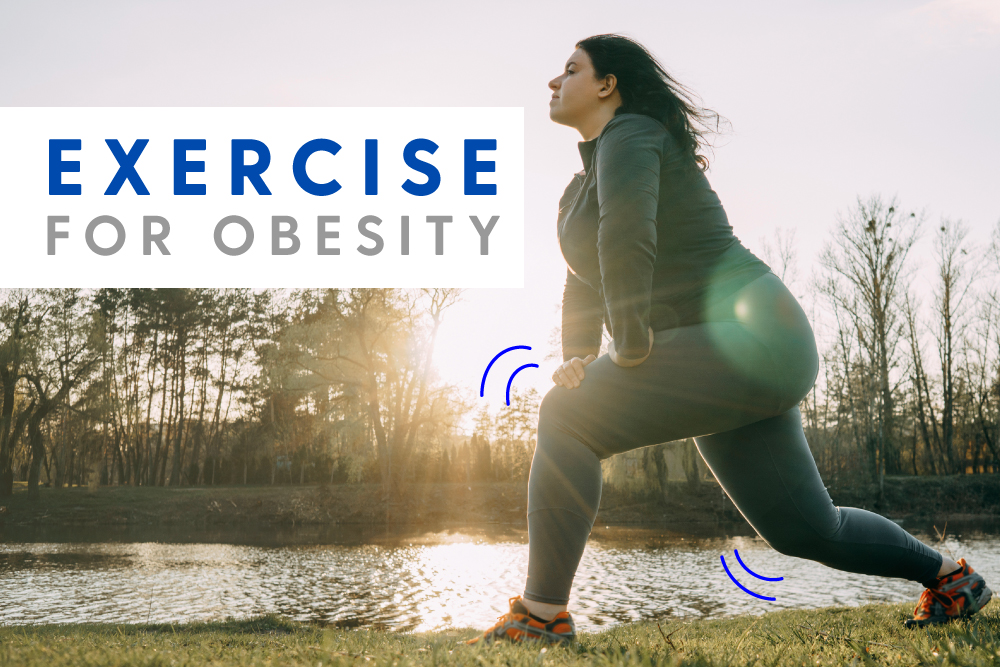
Weighing in on the Obesity Epidemic
 Obesity has become the most visible, yet most ignored public health concern globally. It is the second leading contributor to countless preventable illnesses. On its own, obesity is a debilitating chronic disease with an estimated decrease in life expectancy of 8.3 years for men and 6.1 years for women. Obesity is the fifth leading cause of deaths worldwide.
Obesity has become the most visible, yet most ignored public health concern globally. It is the second leading contributor to countless preventable illnesses. On its own, obesity is a debilitating chronic disease with an estimated decrease in life expectancy of 8.3 years for men and 6.1 years for women. Obesity is the fifth leading cause of deaths worldwide.
Obesity is defined as abnormal or excessive fat accumulation that presents a risk to health, caused by an imbalance between energy consumption (diet) and energy expenditure (physical activity/exercise). An individual is classified as being obese when their body mass index (BMI) is equal to or greater than 30kg/m2. Obesity also places a greater risk on individuals developing other chronic diseases, such as cardiovascular disease, diabetes and a wide range of musculoskeletal problems.
In 2017-18, the Australian Bureau of Statistics’ National Health Survey revealed that two thirds (67%) of Australian adults were categorised as overweight or obese (that’s 12.5 million people!).1 This has placed a significant burden on the Australian economy costing our healthcare system close to $8.6 billion annually to help treat the disease.1 It is estimated that by 2025, this will increase to 16.9 million Australians,2 equating to an $87.7 billion increase in healthcare costs over the 10-year period (2015-16 to 2024-25).1
Obesity can be successfully treated, and exercise is by far the cheapest and most accessible way to do so, providing many benefits including:
- Strengthening muscles and joints, reducing the risk of osteoarthritis and other musculoskeletal problems
- Improving mobility
- Improving mental health and energy levels
- Reducing the risk of associated chronic diseases including diabetes, high blood pressure, cardiovascular diseases, high cholesterol and stroke
- Reducing the reliance on medications for the treatment of associated chronic diseases including diabetes, high blood pressure and high cholesterol
- Reducing the chance of premature mortality
So how much exercise should we be doing? All it takes is 40 to 60 minutes on most days of the week3 and the good news is that this can easily be integrated into your daily routine! For those that are new or aren’t used to exercising, this can be broken down into smaller bouts of exercise. An example of this is by breaking it up into three sets of 15-20 minutes of exercise which can be completed across the whole day. What classifies as moderate intensity aerobic physical activity? Any activity that increases your heart and breathing rate and makes you sweat, but you are still able to maintain a normal conversation. This can include walking, cycling or dancing to name a few.
You are not alone. If you are struggling to get started or are unsure of what is safe and effective for you, then this is where an Accredited Exercise Physiologist can help you to achieve these recommended physical activity guidelines by:
- Prescribing and delivering tailored exercise programs
- Helping you to set attainable and realistic short- and long-term goals
- Providing ongoing exercise advice and support
- Structure appropriate aerobic exercise regardless of any limitations or health conditions
Despite being a global epidemic, obesity is preventable. It can be managed and treated with healthy lifestyle changes, such as undertaking adequate amounts of exercise – we encourage you to take the first step in conquering your weight loss journey and contact a qualified Exercise Physiologist.
By Brooke Chapman – Entire Health North Lakes
References
Negative growth: the future of obesity in Australia. (2014). Victoria Health.
Obesity and Exercise. (2018). Health Direct.
Overweight and Obesity. (2019). Australian Government Department of Health.
Overweight and Obesity. (2019). Australian Institute of Health and Welfare.
